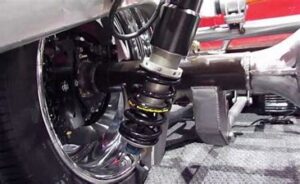When it comes to Teslas charging at lower amp is similar to using a tiny straw rather than a large one because it takes longer to fill up. Imagine this: you are excited to drive your Tesla and you plug it in, but the charging seems to be taking longer than normal. We’re going to explore the realm of “Lower Amp Charging” for Teslas. What does that signify, then? Lower amp charging, to put it simply, indicates that your Tesla is using less energy while charging. It’s similar to how your phone charges slowly when it comes to your Tesla.
Why does this occur now? Possible causes include the power source being elusive, broken charging cords creating a backlog, or the charging station functioning erratically like a sluggish coach. But don’t worry, we’re not here merely to discuss the issue. We aim to provide solutions and a straightforward explanation of the situation. It would help if you used it as a guide to ensure that your Tesla charges as quickly and effectively as possible so you can drive more and spend less time waiting. Come with me as we explore the riddle of Tesla charging at lower amps!
Table of Contents
Understanding The Tesla Charging At Lower AMP
Reduced Amp It takes longer to charge a Tesla than it does to fill a pail with water using a shorter hose. Lower amp charging for Teslas results in a slower electric flow more like a peaceful stream than a raging river. It’s just your Tesla napping longer at the charging station, to put it simply. Think of your Tesla as a phone; when it charges slowly, it feels similar to having to wait for a car to start up. What then causes this to occur? It’s similar to when the power source in your house isn’t working hard enough.
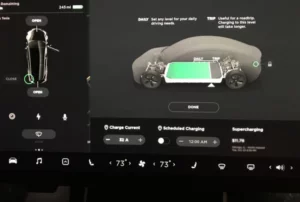
As well as when the cords in your charging system are getting a little old. It’s not a major issue, but occasionally it feels more like watching a slow-motion film than a fast-moving one. But don’t worry, our goal is not to cause you confusion. We are here to facilitate that. Reduced amp charging merely indicates that your Tesla is gradually replenishing its battery. Stay tuned as we discuss the causes of this phenomenon and how to expedite the process so that your Tesla is always prepared for the next journey!
Reasons Behind Your Tesla Is Charging At The Lower AMP
Let’s simplify this confusing topic of charging your Tesla at lower amps. Consider your Tesla to be a phone, and think of charging as recharging its battery. There are a few fundamental explanations for why your Tesla may be charging slowly now:
1. Inadequate Power:
Think of your Tesla as a robot that is ravenous and wants to consume as quickly as possible. It is equivalent to providing the robot a little feeding pipe if the charging station is underpowered. Its energy supply is insufficient, therefore it can only eat slowly.
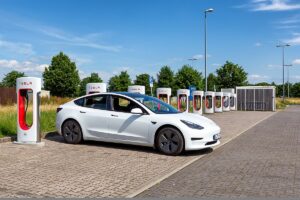
2. A Malfunctioning Charging Cable:
Consider the Tesla charging cable to be similar to a straw. The energy flow is slowed if the straw is cracked or kinked. Examine the cable for kinks or other damage. If any are found, it’s like adjusting the straw to ensure that the energy is distributed evenly.
3. Slow-Charging Locations:
Consider a restaurant where certain tables have extremely slow service. Charging stations work in the same way. Fast charging may not work well in some locations. It’s similar to selecting a slow table when you use a slow location. Find better locations so that your Tesla may “eat” more quickly.
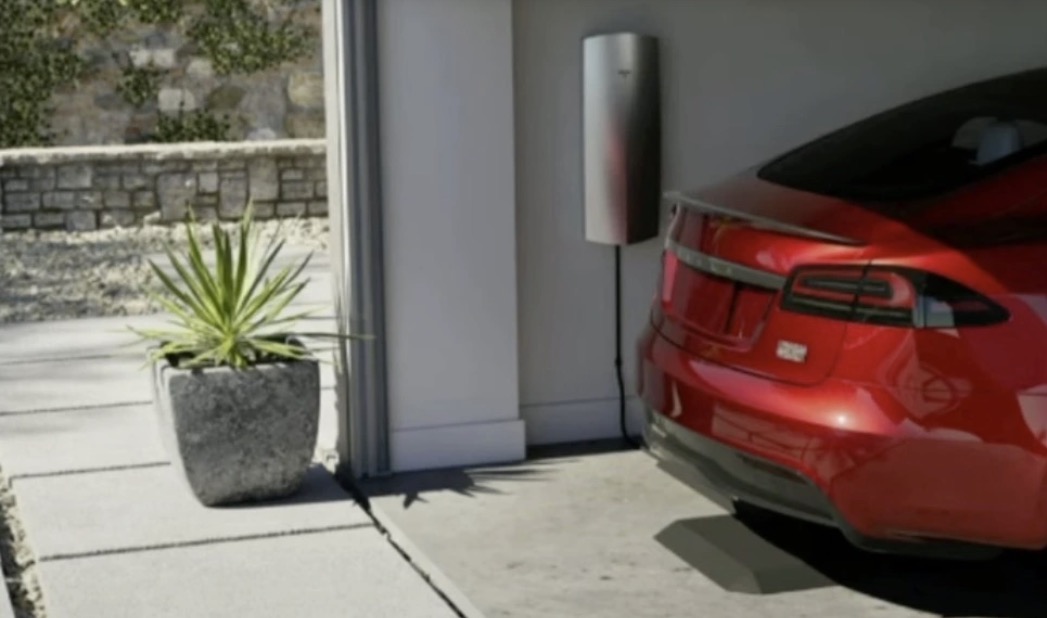
Therefore, similar to ensuring your ravenous robot gets a large, quick meal, knowing these basic causes can help you troubleshoot and ensure that your Tesla charges up quickly!
Solutions To Address The Tesla Charging At The Lower AMP
Seeing that your Tesla charging at lower amp can be confusing. Longer wait times and possible battery issues could result from it. Let’s solve the puzzle and look at simple fixes to make sure your Tesla charges quickly and smoothly so you can go electric without worry.
1. Enhance Power Source:
Make sure that the power source your charging station is receiving can supply the necessary amps. If you need to evaluate and improve your power supply, speak with an electrician.
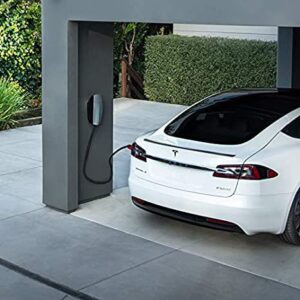
2. Frequent Cable And Connector Maintenance:
Examine your charging wires and connectors regularly. As soon as possible, replace any broken parts to guarantee the best possible electrical conductivity.
3. Investigate Other Charging Station Options:
Look at alternate charging stations if your current house arrangement is restricting the speed at which you can charge. Higher-speed charging is intended for public charging networks, such as Tesla Supercharger locations.
4. Modernize The Infrastructure For Charging:
Upgrade your infrastructure for charging if you frequently experience problems with lower amp charging at home. Enhancing charging speeds can be achieved by installing a home charger with a larger capacity.

5. Observe And Modify Your Charging Behaviors:
Be mindful of how you change things. If at all feasible, schedule your charging sessions for off-peak times to benefit from more power availability and quicker charging.
Therefore, lower amp charging problems can be resolved by updating infrastructure, investigating alternate charging options, maintaining cables, and optimizing power sources. Easy actions can completely change how you charge and guarantee that your Tesla is consistently fueled up, ready to go, and ready for the road.
Conclusion:
Owners of Tesla vehicles may experience difficulties thinking of the Tesla charging at lower amp; nevertheless, these difficulties can be successfully resolved with a thorough knowledge of the causes and proactive remedies. Tesla owners may maximize the benefits of their electric vehicles for years to come by ensuring a seamless and efficient charging experience, maintaining charging components, investigating alternative stations, and upgrading infrastructure when needed.


